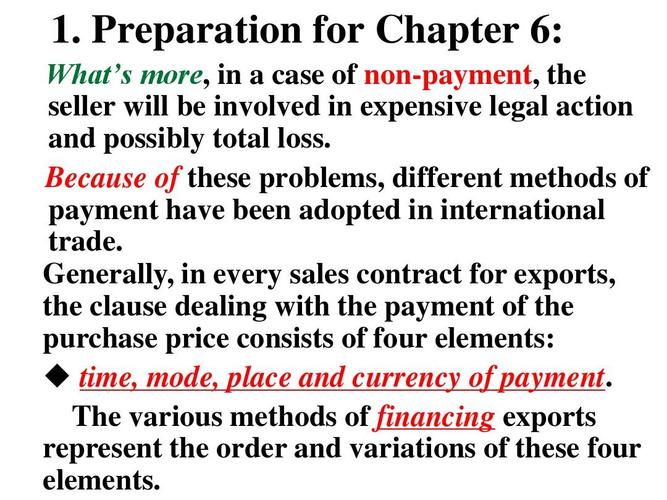1p-eth-lad Legal: A Comprehensive Guide
Are you curious about the legal aspects surrounding 1p-eth-lad? This compound, which has gained attention in recent years, is a blend of various elements and has sparked debates on its legality. In this article, we will delve into the legal landscape surrounding 1p-eth-lad, exploring its composition, potential uses, and the laws that govern its use. Let’s embark on this journey to understand the legal intricacies of 1p-eth-lad.
What is 1p-eth-lad?
1p-eth-lad is a chemical compound that consists of three main elements: 1-pentyl-3-(1-naphthoyl)indole, ethylhexylcarbamate, and 1-(2,4-dichlorophenyl)-1-(1-pyrrolidinyl)butan-1-one. These elements combine to create a substance that has been the subject of much discussion in various forums and scientific communities.

Composition and Structure
The composition of 1p-eth-lad is quite complex, with each element playing a crucial role in its overall structure. The 1-pentyl-3-(1-naphthoyl)indole component is responsible for the psychoactive properties of the compound, while the ethylhexylcarbamate and 1-(2,4-dichlorophenyl)-1-(1-pyrrolidinyl)butan-1-one elements contribute to its stability and potential applications.
| Component | Description |
|---|---|
| 1-pentyl-3-(1-naphthoyl)indole | Responsible for psychoactive properties |
| ethylhexylcarbamate | Contributes to stability and potential applications |
| 1-(2,4-dichlorophenyl)-1-(1-pyrrolidinyl)butan-1-one | Further enhances stability and potential applications |
Potential Uses
While the primary focus of 1p-eth-lad is its psychoactive properties, it has also been explored for various other applications. Some potential uses include:
- Research and development in the field of neuroscience
- Pharmaceutical development for treating mental health disorders
- Synthetic chemistry for creating new compounds
Legal Status
The legal status of 1p-eth-lad varies by country and region. In some places, it is classified as a controlled substance, while in others, it may be legal for research purposes. Here’s a breakdown of the legal status in some key countries:
| Country | Legal Status |
|---|---|
| United States | Controlled substance under Schedule I of the Controlled Substances Act |
| United Kingdom | Controlled substance under Schedule 1 of the Misuse of Drugs Act 1971 |
| Canada | Controlled substance under Schedule I of the Controlled Drugs and Substances Act |
| Germany | Controlled substance under Anlage I of the Narcotics Act |
Regulatory Challenges
One of the main challenges in regulating 1p-eth-lad is the difficulty in distinguishing it from other similar compounds. This has led to some confusion in the legal system, as authorities struggle to enforce existing laws. Additionally, the rapid development of new synthetic compounds makes it challenging to keep up with the evolving legal landscape.
Conclusion
1p-eth-lad is a complex compound
